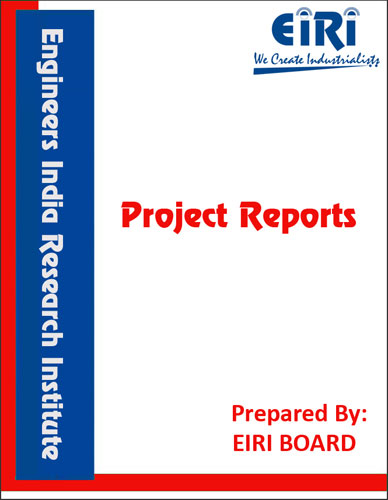HANDMADE CARPETS MANUFACTURING
The project report includes Present Market Position and Expected Future Demand, Market Size, Statistics, Trends, SWOT Analysis and Forecasts. Report provides a comprehensive analysis from industry covering detailed reporting and evaluates the position of the industry by providing insights to the SWOT analysis of the industry.
We can prepare PROJECT REPORT as per your INVESTMENT PLAN for BANK LOAN REQUIREMENT and INDUSTRY ANALYSIS. All reports are prepared by highly qualified consultants and verified by a panel of experts.
Have Query? Click Here to Chat
Industry Expert is Online, Chat with him for more detail.

Carpets are often made in pile construction. Tufting is one of the primary methods of construction carpets.
In addition to tufting, several other major types of pile carpet construction are available. The names of the process used for weaving carpets are of Wilton, Velvel weave, Chenille type and Tufted carpets. In addition to the above methods of construction carpets can be made by knitting, needle punching and flocking. Designing can be added to carpets by printing as well as by wearing. Basically its cotton yarn in used in the manufacture of course products like Durries, Niwars, Beltings and blended materials with other yarns. The coarse yarn which is usually manufactured from cotton waste such as sweepings and fly waste etc. are particularly used in carpet wept yarn. In India cotton has had a pride of place among cash crops from the earliest times. At present the area under cotton crop is over 8 million hectares. In report of the acreage
India occupies the foremost position among the cotton growing countries. As regards the production however it has the third place the first two being taken by the USA and Russia Besides cotton textiles are manufactured by handlooms, powerlooms and composite mills. Some of the large textile units also operate waste spinning plant for manufacture of the coarser yarn. But major portion of this yarn is manufactured by Small Scale Waste spinning units which are usually located near the mills producing yarn (cotton) or fabrics. Otherwise it can be installed anywhere in India as transportation is not alarming problem these days and hardly comes on the way to manufacture this product. This product also carries very handsome returns.
INTRODUCTION
USES AND APPLICATIONS
B. I. S. SPECIFICATION
PROSPECTS AND TRENDS OF HANDMADE CARPET SECTOR
HANDMADE CARPET V/S MACHINE MADE CARPETS
CARPET FIBERS AND YARN
MARKET SURVEY
EXPORT POTENTIAL OF HANDMADE CARPETS
EXPORT OF HANDMADE CARPET AND OTHER FLOOR COVERING
GROWTH IN EXPORT OF HAND MADE CARPET
EXPORT DATA OF HANDMADE CARPET AND OTHER FLOOR COVERING
EXPORT OF INDIAN HANDMADE CARPET TO CHINA
GLOBAL MARKET POSITION OF HANDMADE CARPET
MANUFACTURERS/EXPORTERS OF CARPETS
PROCESS OUTLINE FOR HANDMADE CARPET MANUFACTURING
MANUFACTURING PROCESS OF HANDMADE CARPET
PROCESS FLOW CHART
DETAILS OF HANDMADE CARPET MANUFACTURING
DEVICES AND MACHINES IN HANDMADE CARPET MANUFACTURING
PLANT LAYOUT
PRINCIPLES OF PLANT LAYOUT
PLANT LOCATION FACTORS
EXPLANATION OF TERMS USED IN THE PROJECT REPORT
PROJECT IMPLEMENTATION SCHEDULES
SUPPLIERS OF RAW MATERIALS
SUPPLIERS OF EQUIPMENTS
APPENDIX – A:
1. COST OF PLANT ECONOMICS
2. LAND & BUILDING
3. PLANT AND MACHINERY
4. FIXED CAPITAL INVESTMENT
5. RAW MATERIAL
6. SALARY AND WAGES
7. UTILITIES AND OVERHEADS
8. TOTAL WORKING CAPITAL
9. COST OF PRODUCTION
10. PROFITABILITY ANALYSIS
11. BREAK EVEN POINT
12. RESOURCES OF FINANCE
13. INTEREST CHART
14. DEPRECIATION CHART
15. CASH FLOW STATEMENT
16. PROJECTED BALANCE SHEET



